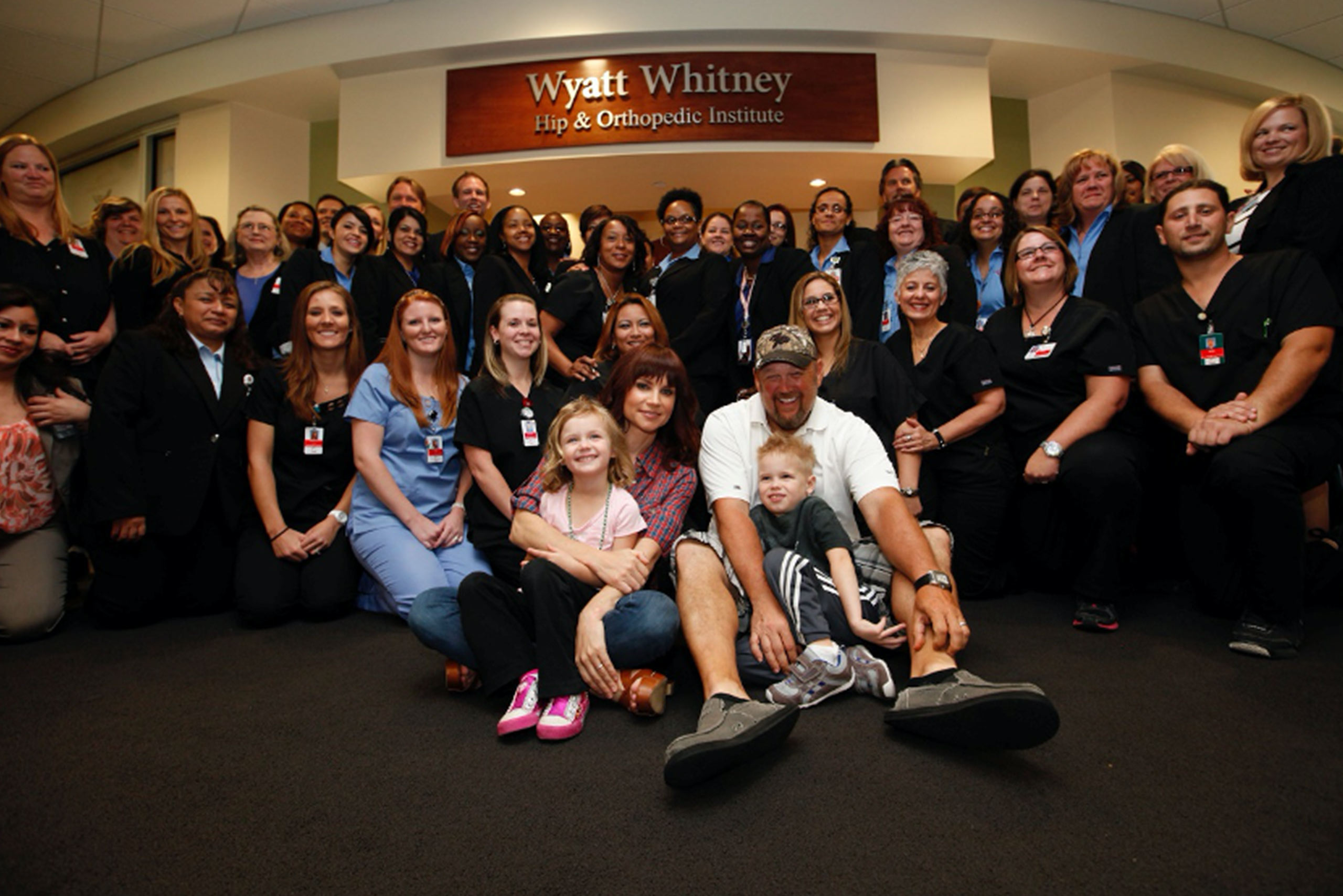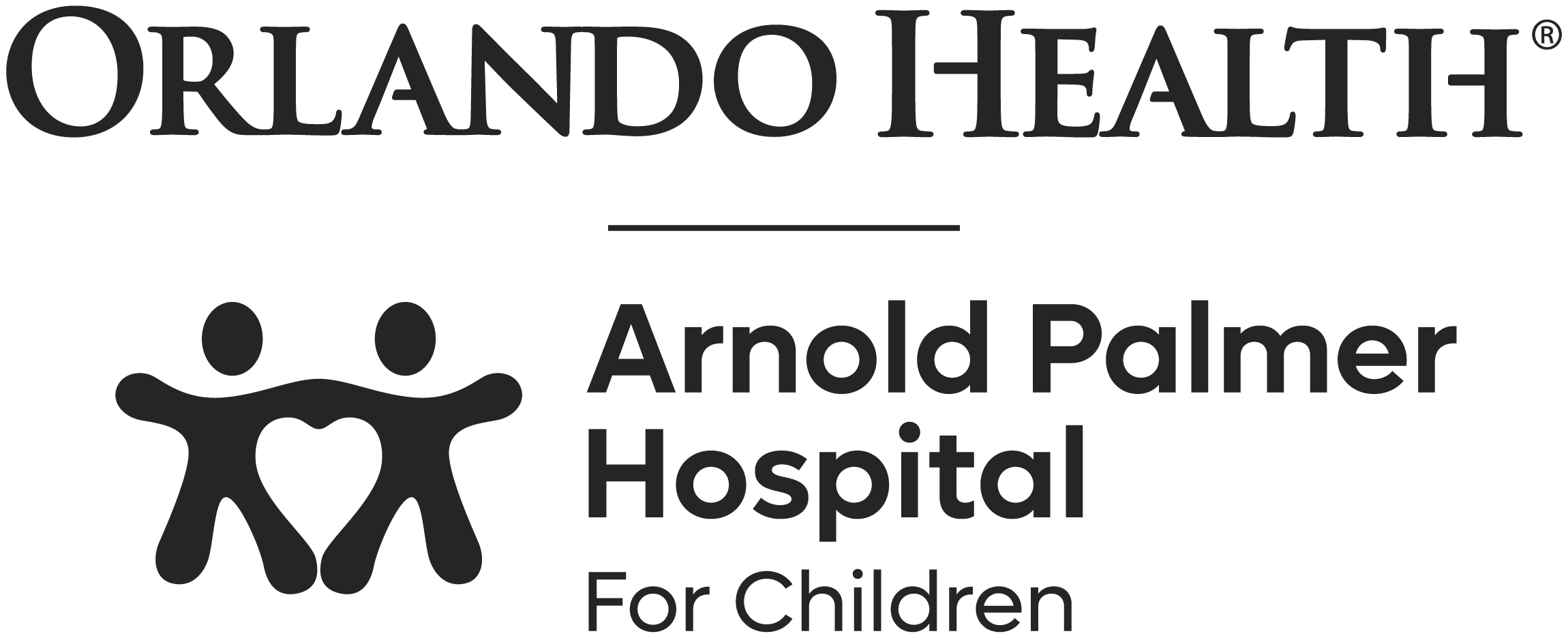Mission Statement
It is the mission of the International Hip Dysplasia Institute to reduce the physical, social, and economic burden for children and adults affected by neonatal hip instability and developmental dysplasia of the hip.
Objectives
- Promote early diagnosis and prevention of hip dysplasia.
- Identify or develop safe, cost-effective treatments for developmental hip dysplasia.
- Identify and define best practices to improve outcomes with reduced risk for varying degrees of hip dysplasia.
- Develop treatments for late presentations of hip dysplasia in order to reduce the need for surgery.
- Develop collaborative international clinical research projects through web-based registry.
- Provide online educational resources for physicians, patients and families through the Institute’s website.
- Establish an international physician referral network that is accessible through the Institute’s website.
- Provide online and in-person learning experiences of best practices for interested physicians.
- Continue to find sources of funding through philanthropy to support our mission.
- Provide prevention strategies and equipment for non-operative care in developing countries.

What is the International Hip Dysplasia Institute?
Established in 2008, the International Hip Dysplasia Institute (IHDI) is a not-for-profit collaborative effort to improve the health and quality of life of those affected by hip dysplasia. The International Hip Dysplasia Institute is supported by the Arnold Palmer Medical Center Foundation in Orlando, Florida with major sponsorship from Dan Whitney (“Larry the Cable Guy”), and his wife, Cara. With this combined effort, we have joined forces with several noted medical centers around the World to promote prevention, diagnosis, and treatment of hip dysplasia, in addition to providing education and advocacy.
The IHDI began because a mother had the vision and resources to help others avoid the problems she faced with her son (See Wyatt Whitney Story). Cara Whitney realized that there was too little awareness and too little medical progress for this common condition. This led to a small gathering of internationally recognized experts who agreed to share data and report their results in aa standardized fashion. This coincided with the advent of electronic medical records and internet communication that allowed a large scale multi-national research project from major medical centers in the USA, Canada, Mexico, Australia and England. As of 2020, more than 30 scientific publications with some significant findings have been completed by the IHDI Founding physicians.
The IHDI has also supported formation of the first International Congress on Hip Dysplasia and has supported formation of a focused Research Interest Group within the Orthopedic Research Society. International symposia have been sponsored to focus on hip dysplasia for physician education and promotion of new methods. Advocacy efforts have resulted in addition of incorrect swaddling to the list of risk factors for DDH recognized by the American Academy of Pediatrics and other organizations. Standardized teaching methods and materials have been developed and distributed to medical education programs around the World. Standardized, validated educational modules have been developed to teach initial non-surgical treatment methods that can be applied by orthopedic surgeons or primary care physicians. Numerous additional projects have been completed or are underway to decrease the burden of hip dysplasia individually and globally.
Our mission statement and objectives further identify our goals to address Cara Whitney’s concerns and to help all patients with hip dysplasia regardless of age, nationality, or social condition. We hope to provide education to patients, families, and physicians as the most comprehensive and reliable resource for knowledge about hip dysplasia in its various forms. We are joined in this effort by several other websites and passionate individuals who share our commitment to improving care and knowledge of hip dysplasia. If you would like to become more involved, please check the opportunities under the heading of Get Involved or Contact Us at your earliest convenience. We appreciate your participation and comments.
Sincerely,

Charles T. Price, M.D.
Director of the International Hip Dysplasia Institute

Healing the Littlest Cable Guy:
Wyatt Whitney’s Story
The story of Larry the Cable Guy’s involvement with the IHDI.
Achievements, Goals and Activities
-
Create a group of doctors focused on the prevention and treatment of Developmental Dysplasia of the Hip (DDH)
- Formed the IHDI – A coordinated think tank comprised of established hip dysplasia experts from Canada, Australia, Mexico, England, and the United States focused on hip dysplasia innovation. Meets twice yearly with one meeting always in Orlando. Established a Multicenter Registry of DDH cases in five countries with Arnold Palmer Hospital physicians as the principle developers and coordinators.
- Published Approximately 30 scientific papers.
-
Create a public resource for patients to find reliable and comprehensive information about DDH.
- Developed a website with up-to-date information for parents, patients and physicians.
- Org receives approximately 4,000 visitors a day in English.
- Org receives approximately 500 visitors a day in Spanish (the Spanish site was launched in February 2014).
- Assisted with the creation of chat rooms and Facebook communities in both English and Spanish (monitored for appropriateness).
- Created a “Contact Us” form with specific questions and referral suggestions.
-
Increase the awareness of DDH among the general public.
- Launched a public relations campaign to promote proper swaddling techniques and awareness of the risk of DDH resulted in millions of views in parent magazines and national news media including Good Morning America. As a result of these efforts, hip dysplasia is now widely known as a common condition affecting children and adults.
- Created a “hip-healthy baby carrier policy statement” and product approval criteria. This influenced the design of numerous products in the market on a global scale.
- Published a “Baby-wearing Initiative” for hip health – this is a new initiative by the IHDI, in cooperation with the American Academy of Pediatrics, as a possible preventive measure to promote improved hip development during infancy.
-
Address the lack of agreement amongst doctors about how to properly treat DDH.
- Developed a reliable classification system – now internationally recognized as the IHDI Classification that allows for meaningful comparisons.
- Multicenter database for treatment variations and outcomes to identify best practices.
- Initial study completed and published in 2016, in the prestigious Journal of Bone and Joint Surgery.
- The University of Vancouver is continuing the project with the help an additional grant.
- Focus groups using the Delphi method to develop standard approaches to diagnosis and create treatment plan.
-
Address the lack of standardized education models for diagnosis and treatment of DDH.
- Created an educational module for teaching examination and diagnosis for primary healthcare providers in English-speaking and Spanish-speaking regions.
- Developed a standardized initial treatment method based on scientific evidence and expert opinion of IHDI members.
- Developed a validated teaching module for distribution of the standardized initial treatment method.
- Developed a testing method – with simulation models – to confirm that students and primary healthcare providers education of diagnosis and treatment methods were appropriately maintained.
- Made these teaching and testing modules available with “teaching boxes” of materials and simulators for pediatric and orthopedic residency training programs and for primary healthcare training in underdeveloped regions (in both English and Spanish).
-
Improve treatments for better outcomes.
- Multicenter research comparisons are finding best practices.
- Biomechanical research studies for improvements in non-surgical treatments.
-
Research the possibility of prevention.
- Promoting prevention through proper swaddling and baby-wearing.
- Identifying possible underlying causes such as nutrition, including vitamin D deficiency.
-
Global Outreach
- Public health initiative in Ecuador as pilot project for awareness, diagnosis and initial treatment.
- Educational brochures translated into eight languages.
- Presentations and educational exhibits at national and international conferences.
- Webinars for physicians around the world.
- Support for international educational opportunities in Mexico, Ecuador and the Middle East where hip dysplasia is an endemic.



